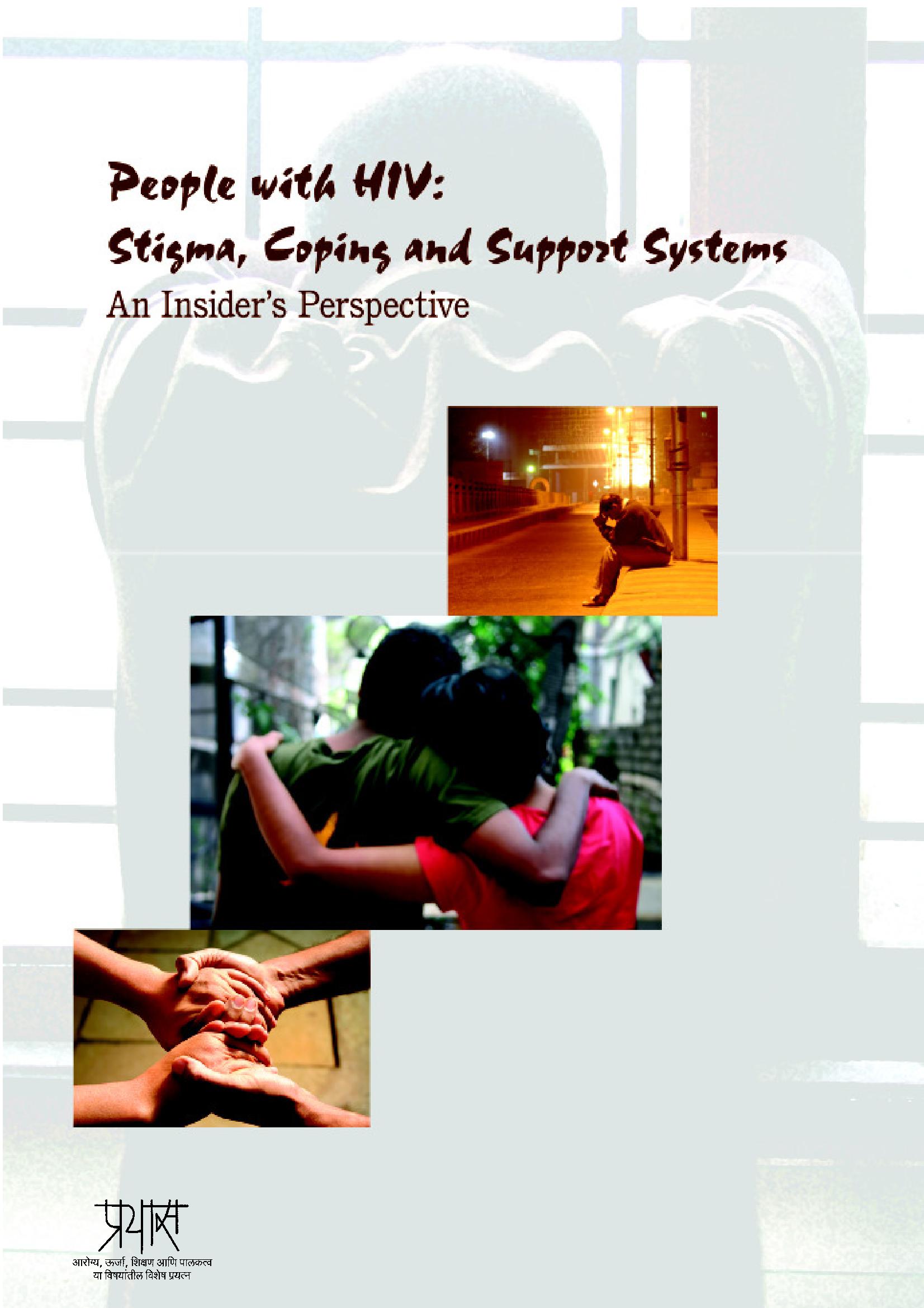This qualitative study explores how people respond to their HIV positive status and the social and personal factors influencing this response. Adopting an innovative technique of disclosure graph, this study describes the gender differences in the disclosure patterns. The perceived and experienced stigma and its impact on coping and support systems among people living with HIV is described.
Important results and insights from the study
- The expression of stigma is based in the existing gender and social inequalities as well as power relationships. With couple relationship, stigma also alters the power structure of PLHIV to some extent.
- Actual experiences of overt acts of discriminations are not necessary for stigma to have adverse effect on PLWHA. Even the fear of stigmatisation can have a devastating impact on them.
- Fear-based and moralistic messages from the media and biased and discriminatory behaviours from health care providers perpetuate stigma in the community to a great extent.
- Disclosure is important factor for experience of stigma. Disclosing one’s status to a person is a difficult choice and the process is extremely anxiety provoking even when a positive outcome is expected.
- The gender differences in the patterns, processes and control over disclosure are quite striking. For men disclosure was limited to their close relatives and they had control over their disclosure. For women, husband and natal family played a major role in disclosing their status. Women generally had less choice and control over the disclosure of their status.
- There are gender differences in the coping process because of the differences in mode of infection and availability of resources. Knowledge about availability of ART and improvement in health because of ART is not only helpful for coping with the disease but it also helps PLHIV in coping with stigma.
- A non-judgmental attitude towards them, provision of correct information about the disease, educating and counselling their family members, providing them space for expressing their emotions and inculcating them with a positive attitude were perceived as supportive behaviours from the physician and the counsellor.


